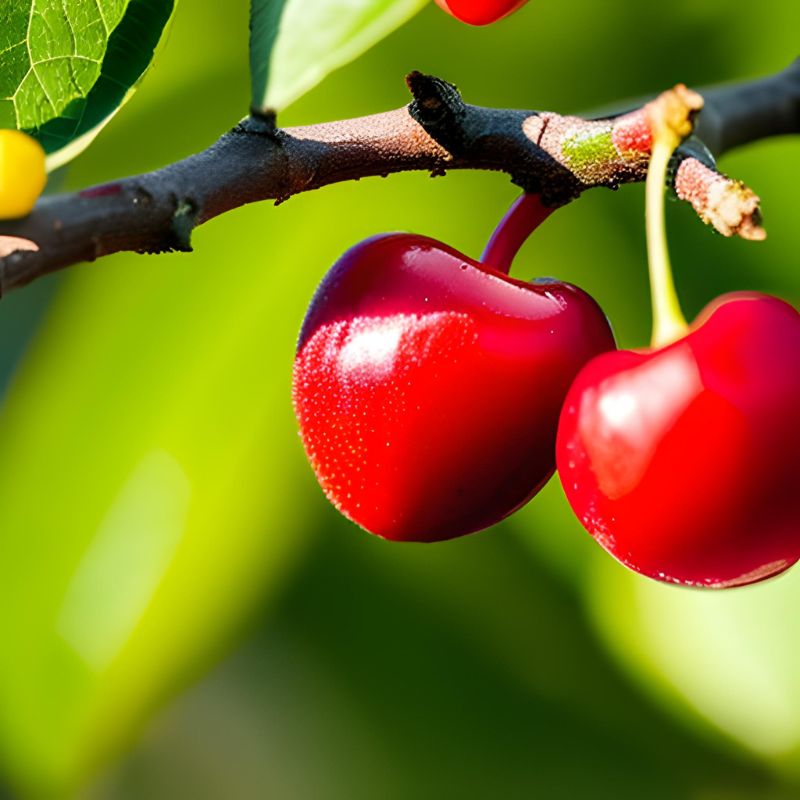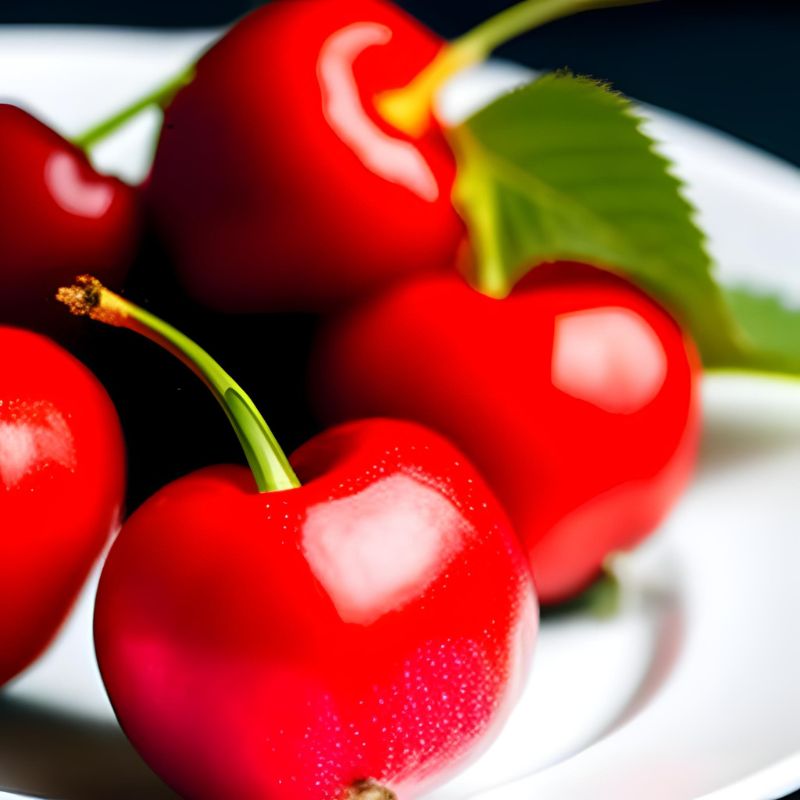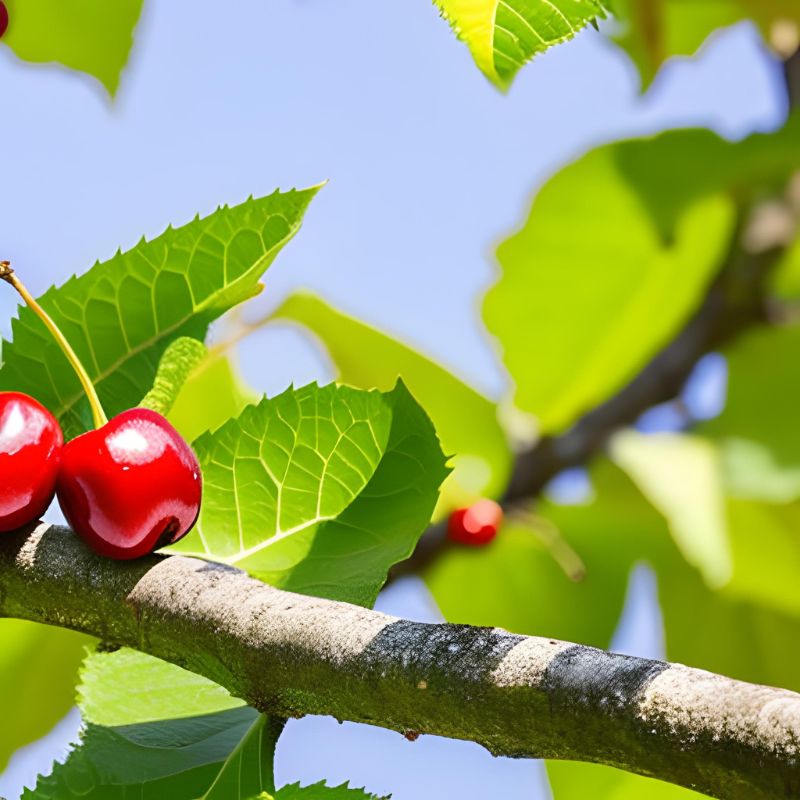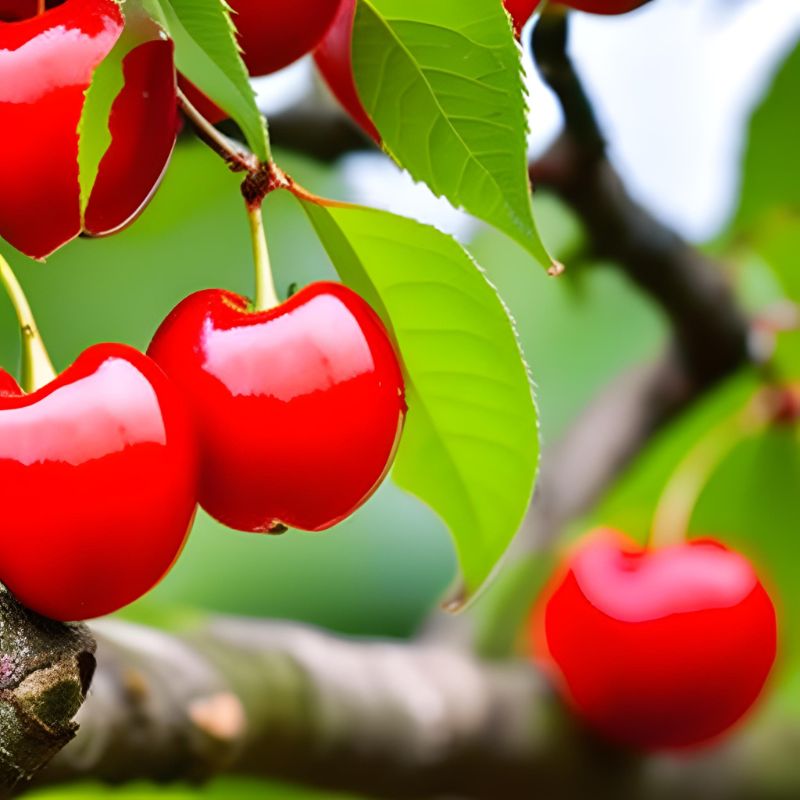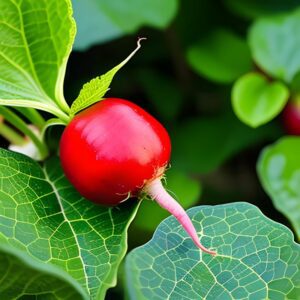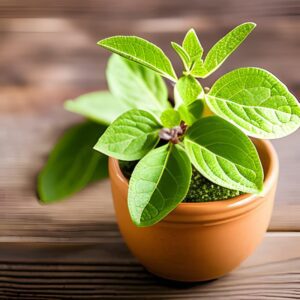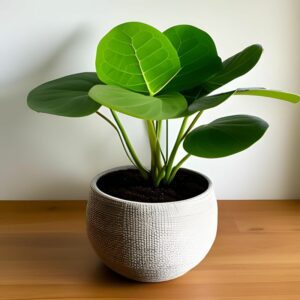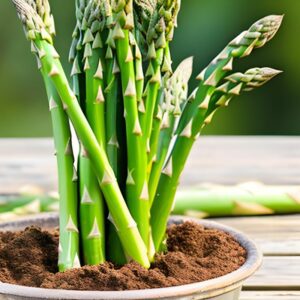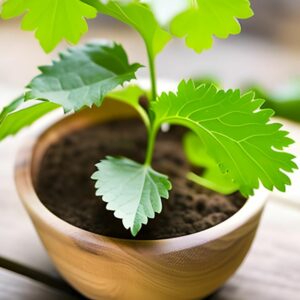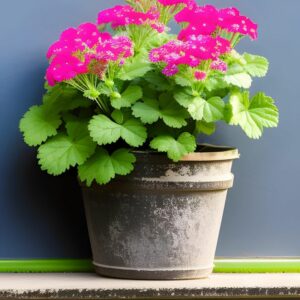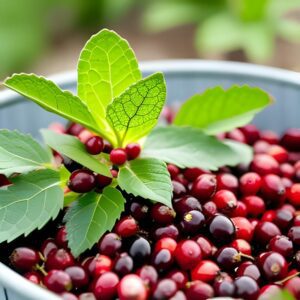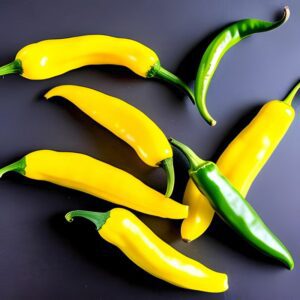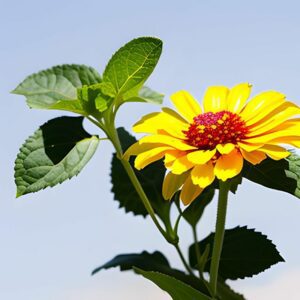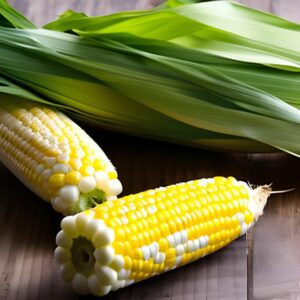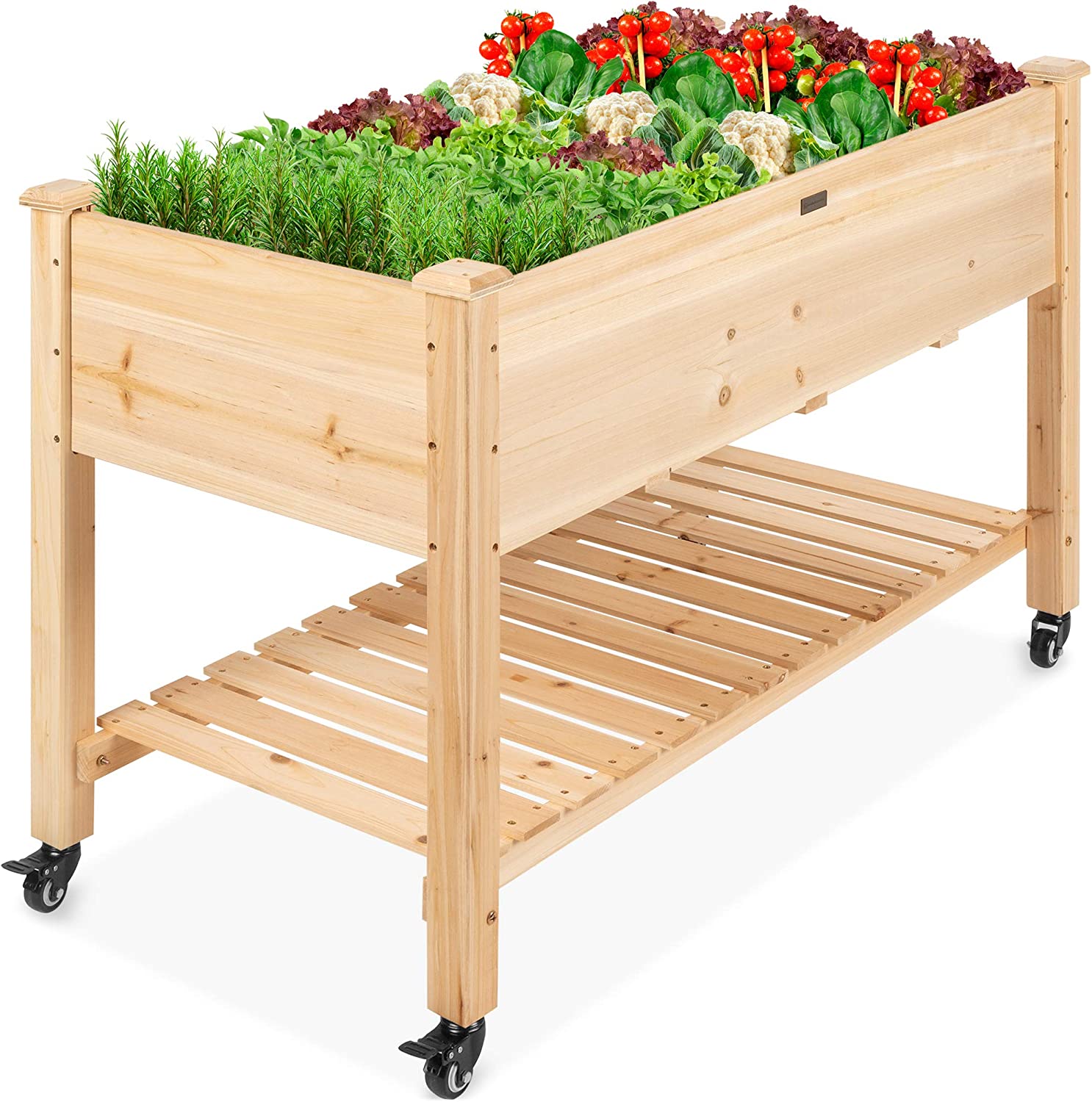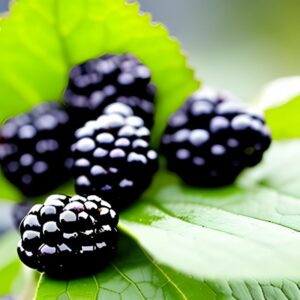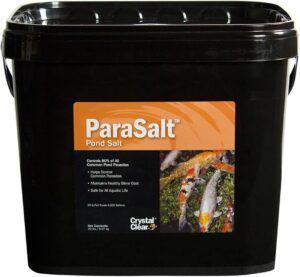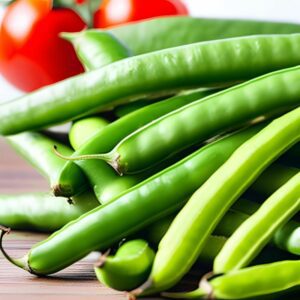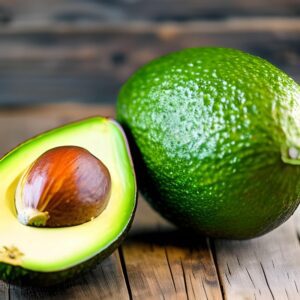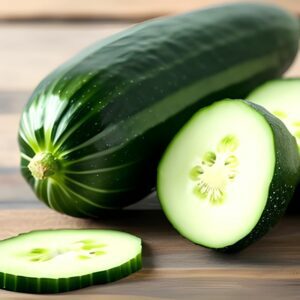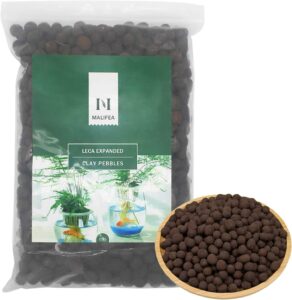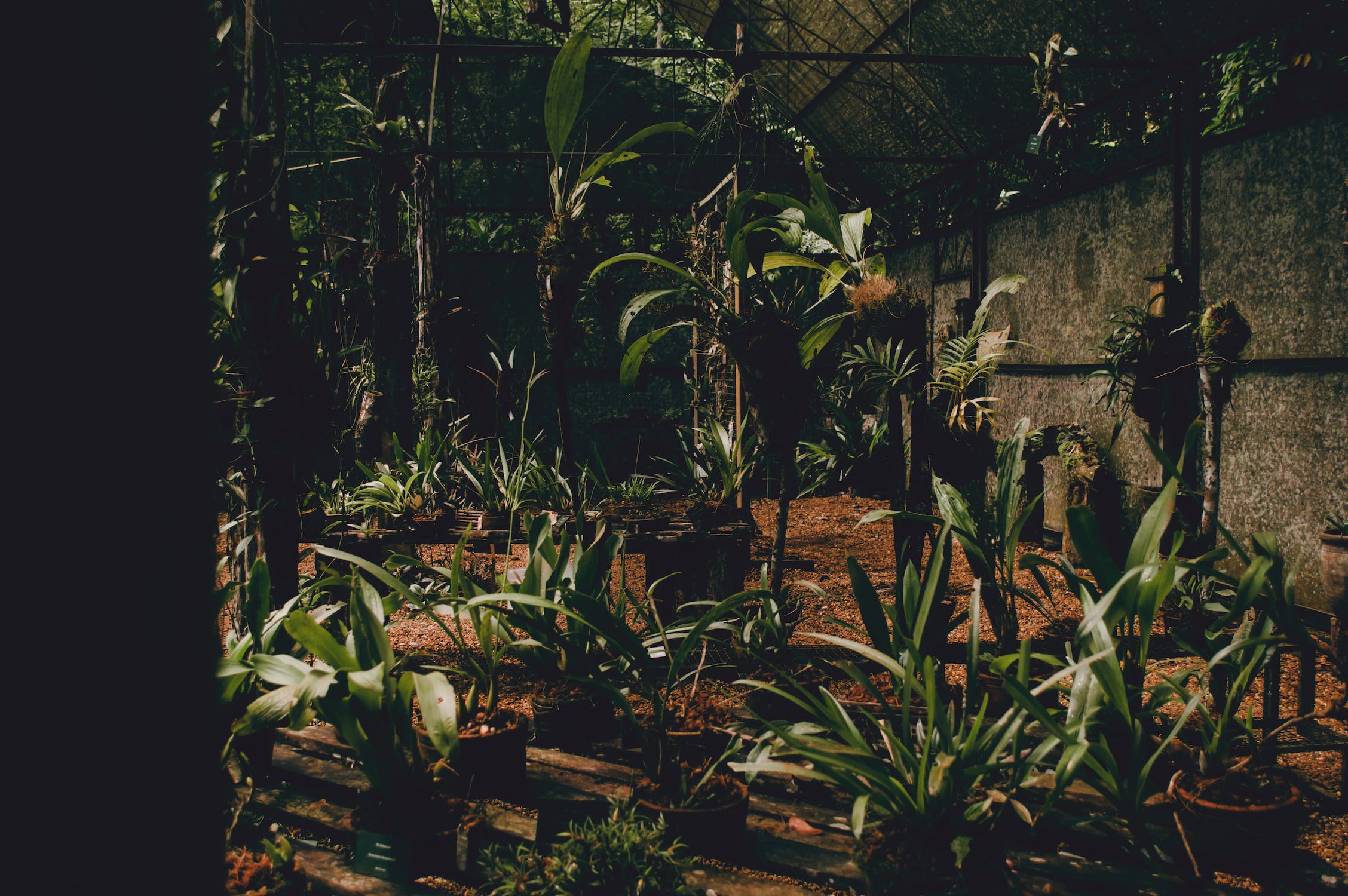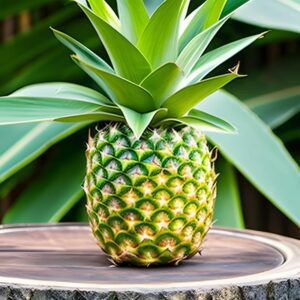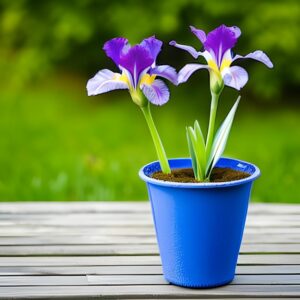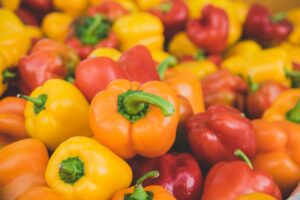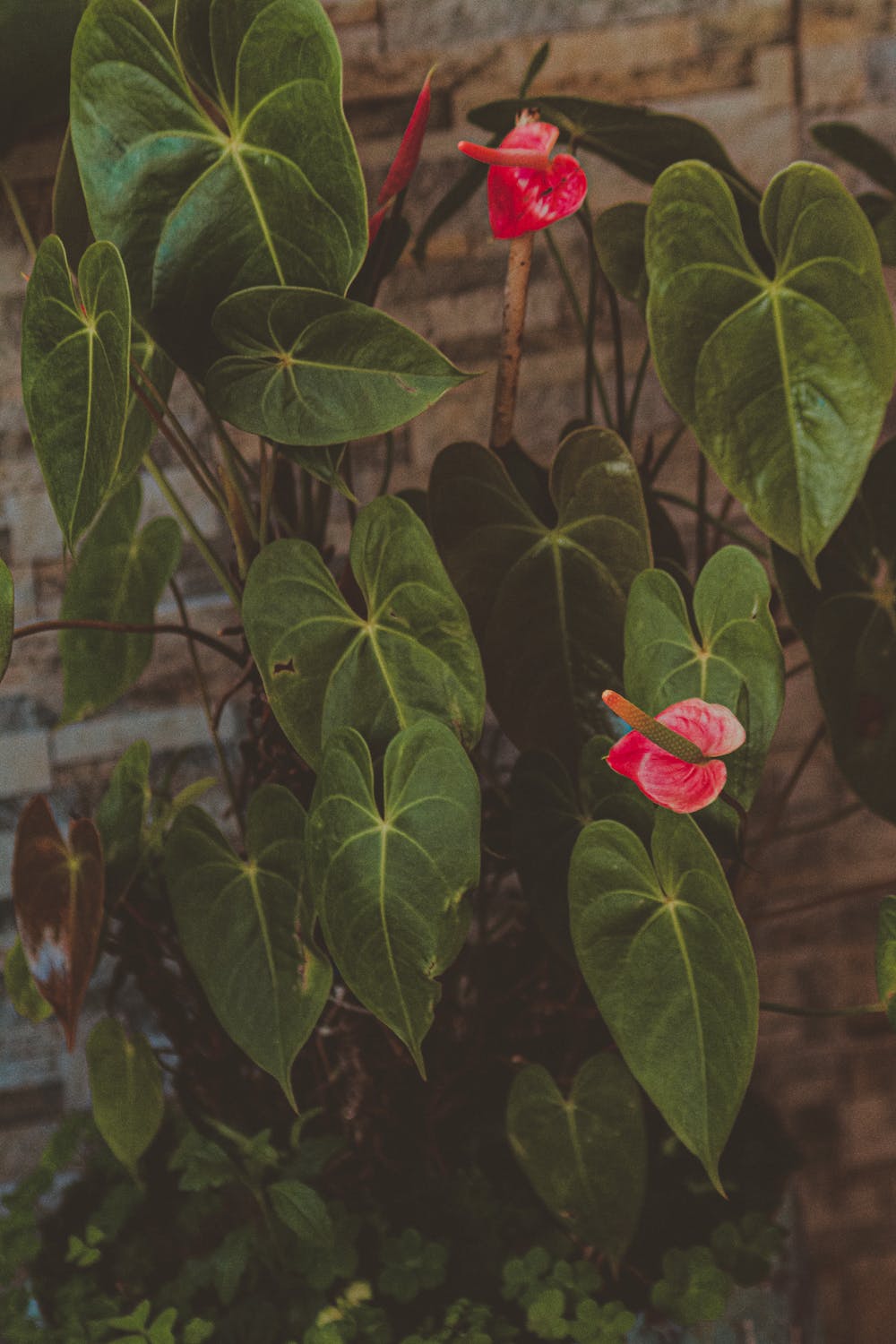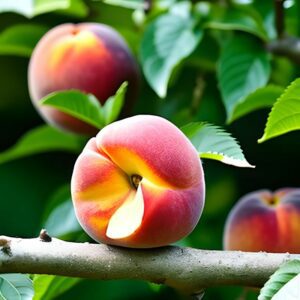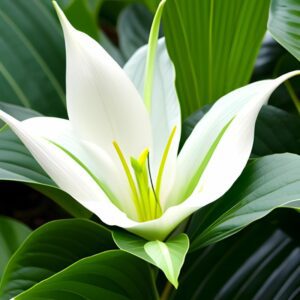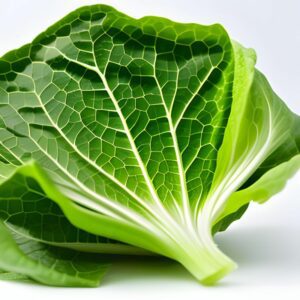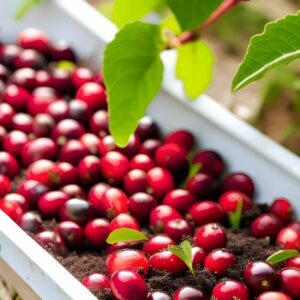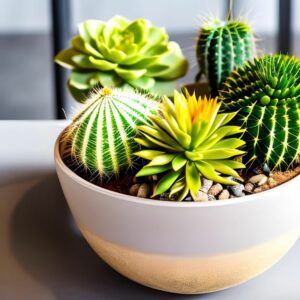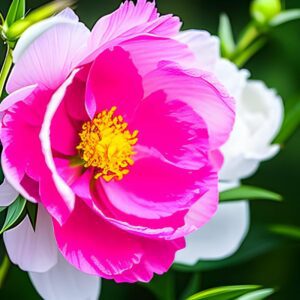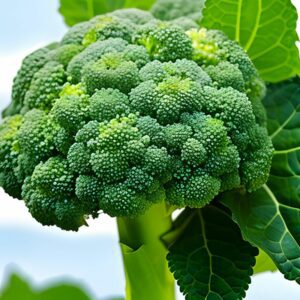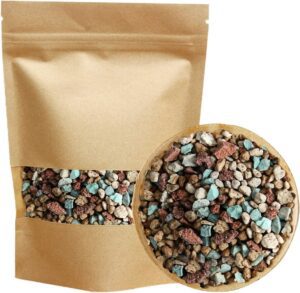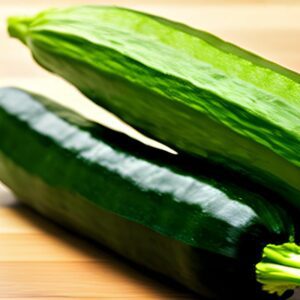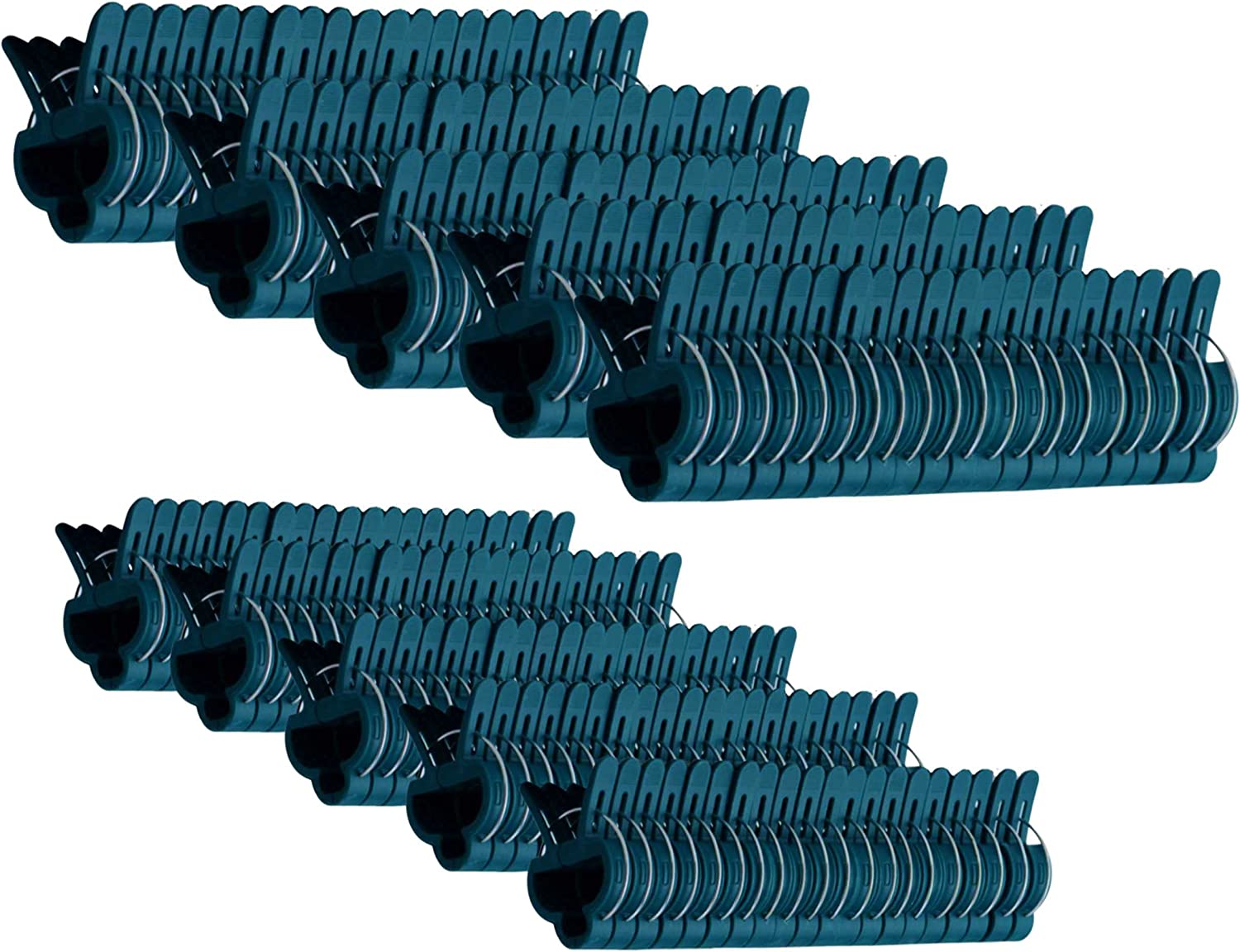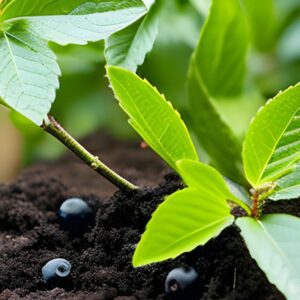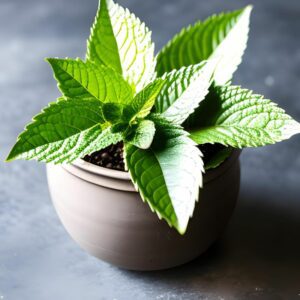Cherry
Fruits
- Worldwide
- Difficult
- 4-7 Years
Introduction
Cherries are delicious fruit-bearing trees appreciated for their sweet and tangy flavor. With different varieties available, cherries are enjoyed fresh, used in baking, or transformed into jams and preserves. These trees add beauty to landscapes and offer the pleasure of harvesting homegrown fruit.
Plant Characteristics
Cherry trees vary in size, ranging from dwarf cultivars suitable for smaller spaces to larger trees that can reach heights of 30 feet (9 meters) or more. They feature deciduous leaves, beautiful blossoms in spring, and clusters of fruit that mature in summer. Cherry fruits come in different colors, including red, yellow, and black, depending on the variety.
Ideal Growing Conditions
Cherry trees prefer full sun, requiring at least six hours of direct sunlight per day. They thrive in well-draining soil with a slightly acidic to neutral pH level. Proper air circulation is essential to prevent diseases. Different cherry varieties have specific chill hour requirements, indicating the number of hours below 45°F (7°C) needed for proper fruit development.
Planting Guide
Choose a planting site with adequate sunlight and well-drained soil. Dig a hole slightly larger and deeper than the tree’s root ball. Place the tree in the hole, ensuring the graft union (if present) is above the soil line. Backfill with soil, gently firming it around the roots. Water thoroughly after planting.
Watering and Fertilizing
Keep the soil consistently moist but not waterlogged during the growing season. Deep watering once a week is usually sufficient, adjusting based on rainfall and temperature. Apply a balanced fertilizer in early spring and again in late spring or early summer to promote healthy growth and fruit production.
Pruning and Maintenance
Prune cherry trees during late winter or early spring while they are still dormant. Remove any dead, damaged, or diseased branches. Thin out overcrowded branches to improve air circulation and light penetration. Regular maintenance tasks include mulching to conserve moisture and control weeds and monitoring for pests and diseases.
Harvesting or Flowering
Cherries are typically ready for harvest in summer, varying depending on the variety and location. Ripe cherries are firm and have a vibrant color. Gently twist or cut the stems to harvest the fruit, being careful not to damage the branches. Harvest cherries as they ripen, as they do not continue to ripen after being picked.
Post-Harvest Care
After harvesting, handle cherries gently to avoid bruising. Store them in a cool place or refrigerate for extended freshness. Prune the tree after harvest to remove any diseased or unproductive branches. Provide regular care, including watering, fertilizing, and pest control, to support the tree’s overall health.
Troubleshooting
Common issues with cherry trees include pests such as aphids, cherry fruit flies, and diseases like brown rot and cherry leaf spot. Monitor for signs of infestation or disease, and take appropriate measures such as using insecticidal soap or fungicides to control problems. Proper pruning and maintenance practices help prevent potential issues.
Fun Facts
Cherries belong to the same family as roses, known as Rosaceae. So, the next time you enjoy a cherry, remember that you’re indulging in a sweet treat from the same botanical family as beautiful roses!
